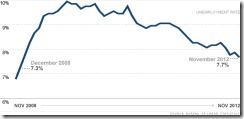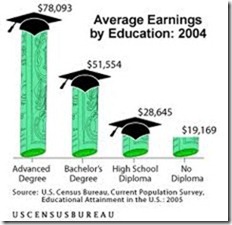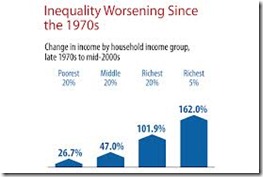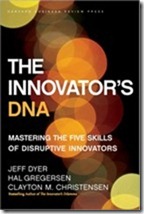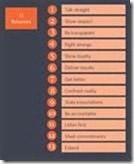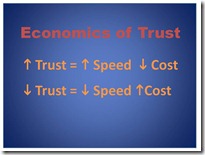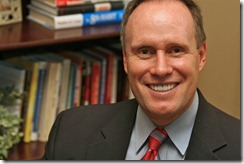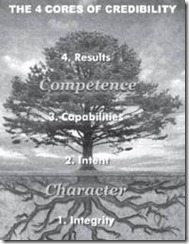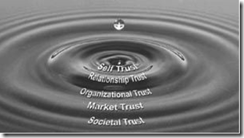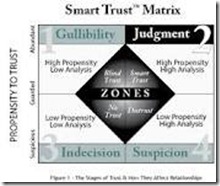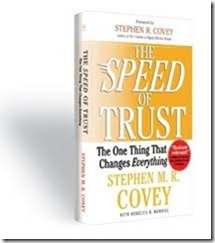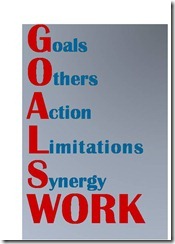 This continues our series on setting and achieving New Year’s Goals to improve your life
This continues our series on setting and achieving New Year’s Goals to improve your life
Just changing your New Year’s Resolutions into New Year’s Goals will not enhance success. You need to do more than change the title. I propose a framework to enhance your success. This framework will not just help you with your career goals. It enhances success of any goal you set. I call it the GoalsWork model. The GoalsWork model uses the word Goals to outline 5 steps to reinforce your success.
GoalsWork to Improve Life
People who set goals achieve more in life. Whether they set goals for careers, businesses, recreation, personal or family life, or mental and spiritual peace—goals work!
Walt Disney, the great dreamer and founder of a magical kingdom, said
- “The era we are living in today is a dream coming true.”
- “Somehow I can’t believe there are many heights that can’t be scaled by a man who knows the secret of making dreams come true.”
GoalsWork Model
The word Goals forms an acronym to help you remember the model:
- Goals: Set goals that challenge you, that cause you to stretch. Set SMART goals (Specific, Measurable, Achievable, Relevant, and Time-sensitive).
- Others: Let others help you achieve your goals, especially people who have already achieved that specific goal or one similar.
- Act: Thinking and talking about your goal to others requires action to achieve it Select 2-4 actions you will perform each month and each week to achieve your goal.
- Limitations: Tackle the established, obstructive, or artificial limitations for your goal. Don’t fear failure, but learn from it.
- Synergy: Build a GoalsWork (or mastermind) team. Meet monthly and share what you have done, results, will do, and ideas to overcome limitations.
I’ve taught this model to thousands of people. Many have used it to improve their career, earn more money, increase family unity, find greater satisfaction in life, and more. I hope you take the time to study it, internalize it, and implement it.
Let GoalsWork for You!
Wednesday we review how setting SMART goals solidifies, in your mind, what to do





